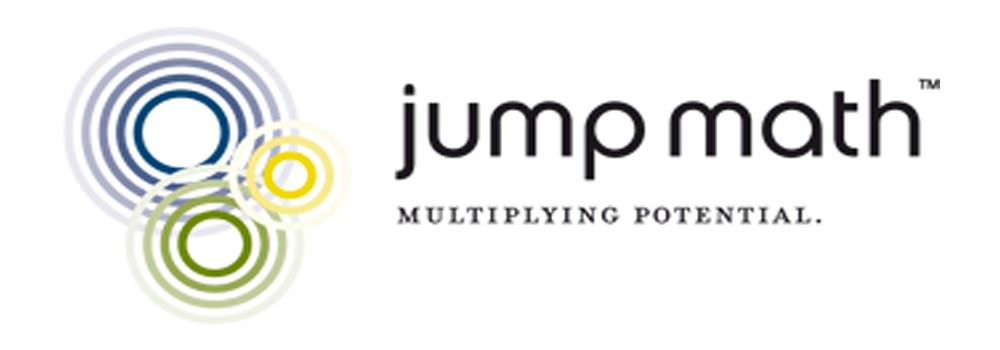What it takes to be a youth social entrepreneur
Social entrepreneurs share advice and wisdom for individuals who wants to make a difference on their own terms
By: Muneer Huda, Staff Writer
You’re young, enthusiastic and full of good ideas backed by strong ideals. You see problems around you that need fixing, people who need help, inefficiencies and chinks in our social systems that need to be addressed, and you know without a doubt that if you had the right opportunity, you could make a real difference.
You are a Youth Social Entrepreneur.
But good ideas and the invincibility of youth will only get you so far. Like any other business venture, starting a social enterprise is an immense challenge, one requiring clear vision, tactical ingenuity and lots of guts. I had the privilege and pleasure of interviewing two Canadian social entrepreneurs possessing these very qualities, having proven themselves in their respective social causes.
John Mighton is founder of JUMP Math, an organization that lives by the principle that anyone can be good at math, regardless of ‘natural abilities’. Al Etmanski is a proponent of the Registered Disability Savings Plan, the first of its kind in the world, director of Social innovation Generation (SiG), and president and co-founder of the Planned Lifetime Advocacy Network (PLAN), an organization helping people with disabilities. Both Al and John are Fellow Ashoka members of Canada. Between them they had many gems to offer in the form of advice and anecdotes that would be useful to any would-be entrepreneur thinking of starting a social venture.
It starts with the right idea
Your idea is the product you’re pitching, the service you’re selling, the solution to the problem you have identified. Knowing your idea works and works well is crucial. It is often the principle on which a social enterprise is built and it is the thing potential investors will take a stick to to measure your worth.
“Your idea is the most valuable thing you have,” John says, stating the importance of dedicating resources early into testing whether your idea works and achieves the desired impact.
JUMP Math currently reaches out to over 85,000 students in over 1000 schools in Canada and has trained close to 11,000 teachers. It has come a ways since John first started tutoring kids in his apartment. But even now, more than a decade later, most of JUMP’s resources still go into Research & Development of its program for continuous improvement. “Perfect whatever innovation you have,” says John. “When you have solid evidence, rigorous evidence, that the [idea] works, doors open everywhere.”
But perfecting the solution also means understanding the best way to approach it.
Al started as an advocate for people living with disabilities, butting heads with the government for funding and support programs. After eight years of hard lobbying, Al realized the limitations of government funded institutions and programs. The bureaucratic source of the funds restricted the help provided to only basic provisions, but Al believed people with disabilities should have the same choices and opportunities as other members of the community. That’s when he decided to create the social enterprise, PLAN. Through PLAN, Al found ways to address the problem that he never could have by simply relying on government funding.
But as Al donned the hat of the social entrepreneur he realized he had another, larger beast to contend with: capital.
Look outside the box
‘Money’ seems to echo fearfully through every social entrepreneur’s mind, whether established or just starting up. How am I going to get money to sustain operations?































Share the post "What it takes to be a youth social entrepreneur"